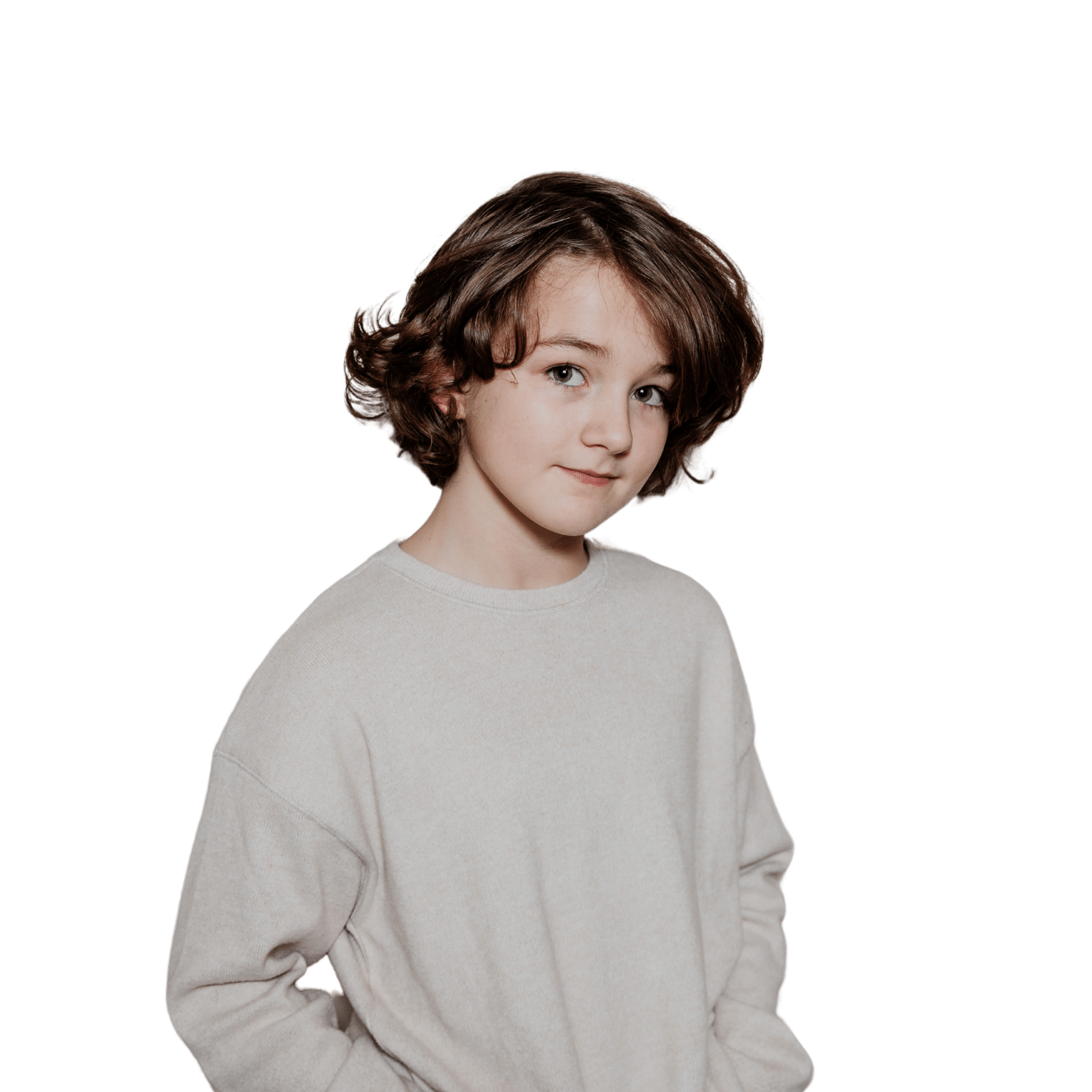
ABOUT MIGRAINE
Migraines are severe, recurrent headaches that can last from hours to days, often causing intense throbbing pain on one side of the head. Accompanying symptoms may include nausea, vomiting, and increased sensitivity to light and sound. Affecting millions worldwide, migraines result from a mix of genetic, environmental, and neurological factors.
Migraines in adults are typically characterised by:
Severe headache: Often described as throbbing or pulsating, typically on one side of the head.
Nausea and vomiting: Feeling sick to the stomach or actual vomiting during a migraine episode.
Sensitivity to light and sound: Increased discomfort when exposed to bright lights or loud noises.
Aura: Some people experience visual disturbances (flashing lights, blind spots) or other sensory changes before the onset of pain.
Fatigue: Extreme tiredness or difficulty concentrating during or after a migraine attack.
Migraines can last anywhere from a few hours to several days, and their unpredictability can severely disrupt a person’s quality of life.
In Children
Migraine symptoms in children may present differently than in adults:
Shorter migraine episodes: While adults may experience migraines for hours or days, children’s attacks may be shorter but still intense.
Stomach pain: Instead of headaches, some children may have “abdominal migraines,” marked by severe stomach pain.
Irritability: Increased moodiness, anxiety, or frustration during a migraine episode.
Dizziness or vertigo: Children might feel unsteady or dizzy during a migraine.
Sensitivity to movement: Physical activity or sudden movements can worsen the pain.
Since children may have difficulty expressing their symptoms, they may be more likely to exhibit behavioural changes like withdrawal or agitation during migraines.
If you or a loved one are seeking support for migraine symptoms, help for migraine is available through alternative options like QEEG brain mapping and Neurofeedback, which offer non-invasive and medication-free approaches.
qeeg brain mapping for migraine
QEEG is a brain mapping tool that measures electrical activity, giving us a detailed understanding of how your brain functions. Individuals who suffer from migraines often have distinct irregularities in their brainwave patterns, particularly in areas that control pain perception and sensory processing.
For example, excessive beta activity, linked to heightened sensitivity and overactivity in pain pathways and / or reduced alpha waves, often associated with relaxation, when these brainwaves are lacking, it can make the brain more prone to overreacting to stimuli (like light or sound).
With QEEG brain mapping, we create a detailed map of your brain’s electrical signals and identify areas where brainwave patterns may be out of balance and contributing to migraine symptoms.
HOW NEUROFEEDBACK CAN HELP migraine symptoms
Neurofeedback is a non-invasive therapy that helps the brain self-regulate its electrical activity through real-time feedback on brainwaves. For migraine sufferers, neurofeedback aids in stabilising brainwave activity by reducing overactive beta waves that may trigger migraines. It promotes relaxation by increasing alpha and theta waves, enhancing resilience to stress, a known trigger.
Additionally, neurofeedback improves pain regulation, resulting in fewer and less intense migraine attacks. Many clients report significant reductions in migraine frequency and intensity after completing sessions, making it a safe, medication-free management option for all ages.
A study published in Frontiers in Human Neuroscience (2020) found that neurofeedback can help patients learn to self-regulate brainwave activity, particularly reducing high-frequency beta waves associated with migraine onset. This study reported significant reductions in the frequency and intensity of migraines following neurofeedback sessions. A randomized controlled trial in Neuropsychology, Development, and Cognition (2018) demonstrated that participants receiving neurofeedback exhibited a significant decrease in migraine frequency compared to a control group. The results indicated that neurofeedback training effectively promotes brain stability and reduces migraine triggers. A meta-analysis published in The Clinical Journal of Pain (2021) evaluated multiple studies on neurofeedback for chronic pain, including migraines. The analysis concluded that neurofeedback is a promising intervention for reducing migraine symptoms, particularly for patients who do not respond well to conventional treatments.
WHAT DOES THE RESEARCH SAY?
WANT TO FIND OUT MORE?
-
If you or your child is struggling with ADHD symptoms, QEEG brain mapping and neurofeedback at Optiminds, Manchester can provide a personalised, non-invasive, and medication-free option. Schedule a free telephone consultation today to learn more about how QEEG brain mapping and neurofeedback can help improve your symptoms of ADHD.
-
Neurofeedback is a non-invasive, medication-free therapy that uses real-time monitoring of brain activity to train the brain to function more efficiently. During a neurofeedback session, sensors are placed on the scalp to measure brainwaves. Individuals engage in activities (like playing a game or watching a video) that give feedback based on their brain's activity. When the brain produces optimal brainwave patterns, the activity continues smoothly, rewarding the brain and promoting lasting changes in brain function.
-
A QEEG is a brain mapping tool that measures electrical activity in different parts of the brain, identifying areas where brainwave patterns are dysregulated.

IMPORTANT TO NOTE
At Optiminds, we do not diagnose or treat any medical or psychological conditions. Our services, including neurofeedback, are designed to support individuals by addressing specific symptoms related to attention, focus, mood, stress, sleep, and overall cognitive function. While neurofeedback has been shown to benefit many individuals with various challenges, our work focuses on improving wellness and self-regulation rather than providing medical or psychological treatment.
We encourage all clients to consult with a licensed healthcare provider for any diagnosis or treatment of medical or psychological conditions. Neurofeedback is intended to complement—not replace—any existing care plans or therapies under the guidance of your healthcare team.







